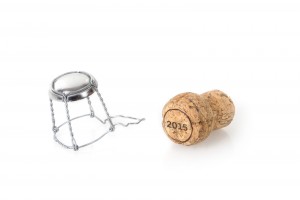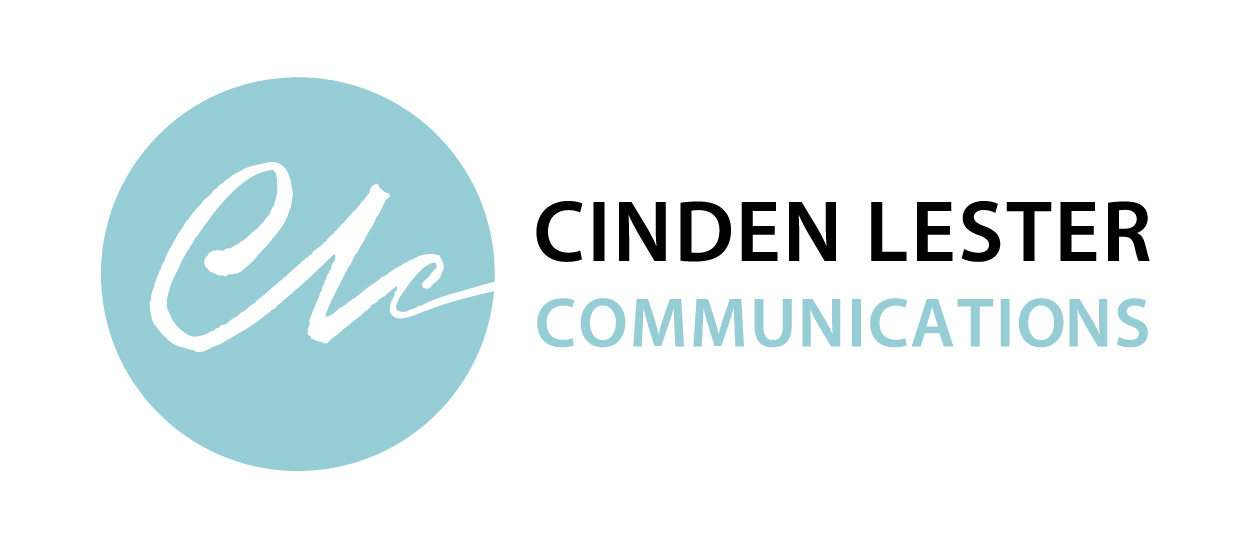
Don’t panic. It is possible to write an accurate and professional account of your organisation’s performance that is also an engaging story about who you are, what you do and what you have achieved.
First things first, make sure you are organised about how to project manage your annual report. Once you have the project plan and schedule sorted, you can start to focus in on the writing.
Your tone might be formal or friendly, or somewhere in between. To find the right tone of voice for your report, match the tone to your audience, your organisation’s brand or ‘personality’ and your values. And remember, corporate doesn’t have to be colourless. You can write in a user-friendly, clear and engaging style that still has the appropriate level of credibility for your organisation.
Extra tip: if possible, write in the first person (e.g. We met or exceeded our performance targets this year). It’s more engaging and shorter than spelling out your organisation’s name each time.
The achievement of clarity is not related to the utilisation of excessive formality in the selection and adoption of elongated and uncommon terminology.
In other words … Use. Plain. English.
Avoid jargon and spell out acronyms. Explain technical or complex terminology you can’t avoid. Don’t forget you can do this through diagrams or infographics. Avoid waffle. Use tight, clear, concise and precise writing—make every word count. Write short sentences in active language. Test it by reading it out loud: does it make sense?
For more tips, including how plain English can even save you money, see Plain English – when less really is more.
Inconsistencies in style, formatting, grammar and punctuation are distracting and unprofessional. Agreeing and applying preferred style from the start saves time, disagreements and embarrassment.
This is valuable real estate, so don’t waste it. Use the front cover to convey your theme, a key message or a few words that encapsulate what you do, along with a strong relevant image. Use the back cover to promote your website address or another key message.
According to the Australasian Reporting Awards, your early pages should cover:
- your organisation’s history and profile
- mission/vision/purpose/values and specific objectives
- strategies for achieving your objectives/outcomes
- highlights of the year at a glance, including progress towards achieving your purpose, key events, and forward outlook
- performance measures and indicators, key financial and non-financial features
- a summary of key stakeholder information.
For more details, see the criteria for entries in the Australasian Reporting Awards.
To keep it brief, consider nifty ways to summarise information, such as performance scorecards and infographics of the year’s highlights.
Ask your executive what key points they want your audience to take away from this year’s report. What were the priorities and significant achievements?
Rather than simply listing what you did during the year, review how you performed against your objectives and the intended outcome.
Also discuss possible overarching themes. For example, was it a year of success, consolidation or change? Having an overarching theme and high level key messages helps shape your story. It also informs design.
Your Secretary, CEO or Chair’s review sets the scene. This is where you summarise what you set out to do, what you achieved and the difference you made. This is also a good place to acknowledge the challenges and lessons learnt, and priorities for the coming year.
Write clear and meaningful headings and subheadings that inform and guide your readers through the text.
You can also use bullet points and quotes to break up blocks of text. This makes your report easier to scan (both printed and online).
Diagrams, tables and charts can succinctly present important information, particularly progress against targets, trends over time and complex concepts.
Don’t make your readers wade through background information before they get to the year’s news. Begin each section with the most important and new information, followed by background detail where needed. For more tips, see how to write opening sentences that demand attention.
Use case studies, personal profiles, snapshots or longer feature stories to add interest and depth.
Include cross-references to help readers and avoid unnecessary duplication.
Think about reader navigation aids such as adding the chapter and/or section to the header, footer or side margin.
And don’t feel you have to report everything – focus on what is truly relevant.
‘The scariest moment is always just before you start. After that, things can only get better.’
Stephen King, On Writing
Go on, banish that blinking cursor. It’s fingers to the keyboard time. Some people like to start at the beginning and work steadily through. Others prefer to dive into a case study or tackle a tricky section first. Use whatever strategy works for you to get the ball rolling.
If you are writing and editing, make sure you pause in between to let your brain reset. After a day, an hour, or even just a quick trip to the kitchen to make a cuppa, you’ll be better able to spot mistakes and finesse your draft.
Once you’ve compiled the report into one document, read it through to check that it tells a consistent story and that it’s as lean as possible while still meeting your reporting obligations and objectives.
Ask contributors to check the drafts for accuracy and balance. If someone’s feedback is not clear, ask what they meant. Tweak, update, rewrite (hopefully there’s not too much of that) as necessary.
Proofread, proofread, proofread – before approvals, before you go into the design phase, when you get the designed document back to check, before the final artwork goes to the printer, before the online version goes live. Rope others in, the more the merrier, especially anyone who hasn’t seen the report before.
When your winning report is published, give yourself a pat on pack, do your happy dance, pop open a bottle of bubbly … smile, reflect and look forward to writing an even better report next year.

Others articles in this series:
- How to project manage an award-winning annual report
- How to design and print a winning annual report.
And previously published:
| Cinden Lester has more than 25 years’ experience as a professional writer, editor and communications specialist—having worked as a broadcast journalist, in private sector marketing and public relations, and in government communications before establishing her own Canberra-based communications consultancy.
Contact Cinden if you’d like some help with your annual report. |
